Crinoids
Ancient fossilised pieces of a sea creature called a ‘Crinoid’, a type of Echinoderm which is related to a starfish or a sea urchin.
They are sometimes referred to as ‘sea lilies’, but they are an animal, not a plant.
Crinoids and impressions of Crinoids are among the most common fossils found around the UK – they can be picked out of most household gravel.
Showing all 7 results
-
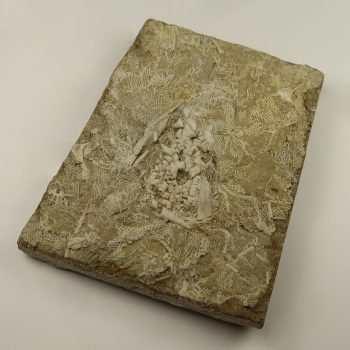
Crinoid deathbeds from Alabama, USA
£4.00 – £10.00 -
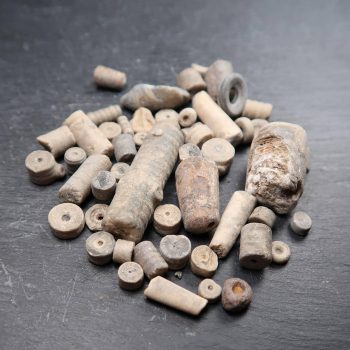
Crinoid Stems (Mixed Locales)
£2.00 -
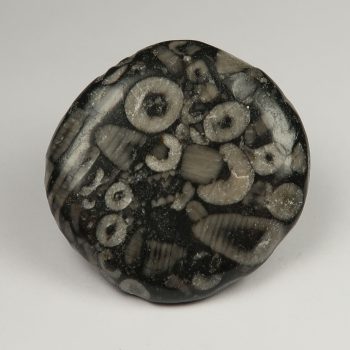
Crinoidal Limestone palmstones
£2.00 – £4.00 -
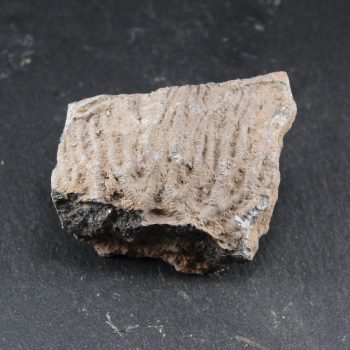
Crinoidal Limestone Specimens
£7.95 -
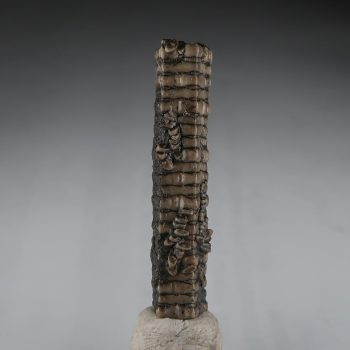
Crinoids from Charmouth and Lyme Regis, UK
£8.50 – £69.95 -
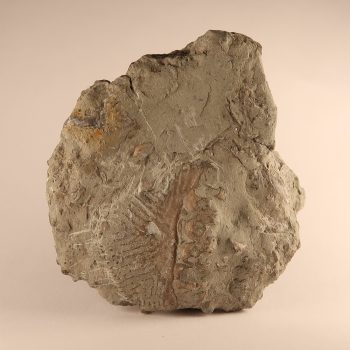
Crotalocrinus rugosus crinoid fossils
£35.00 -
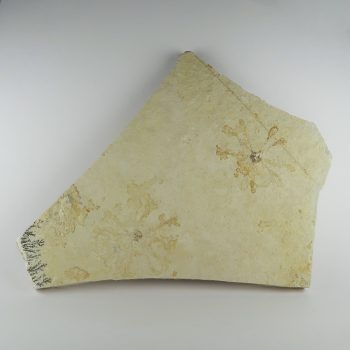
Saccocoma crinoid fossils
£12.50 – £20.00
About Crinoids
Crinoids are an echinoderm, and therefore an animal – despite often being referred to as sea lilies. I can see why, having looked at video footage of modern Crinoids. They look like flowers with waving arms swaying in the sea breeze.
They are made up of a stem, calyx, and arms. The calyx is a cup shaped skeleton, often anchored to the seafloor by the stem. The arms are used to catch food particles floating by under the sea – each ‘segment’ is known as an ossicle.
Some modern Crinoids have evolved without their stalk and are able to swim by moving their arms.
The oldest fossilised specimens are found in rocks from the Ordovician, or middle Cambrian – this is a matter of some debate among experts. A fossil found in the Burgess Shale, Echmatocrinus, may be an early Crinoid.
Fossilised Crinoid ossicles and stems are so abundant in some rock formations that they have actually turned into a specific form of sedimentary rock, known as Encrinites.
At the end of the Permian period, the majority of Crinoid species were wiped out by the PT extinction with only a few remaining – the ancestors of today’s living descendants.
In some areas, they are so abundant they can be used to date strata and biozones. They are one of the most common fossils to find in the UK, and as far as I’m aware, can be found on every modern continent.
Hazards and Warnings
Almost all rocks, minerals (and, frankly, almost all other substances on earth) can produce toxic dust when cutting, which can cause serious respiratory conditions including silicosis.
It is unlikely people will be doing much lapidary work with Crinoids, although some people do polish Crinoidal Limestone.
When cutting or polishing rocks, minerals, shells, etc, all work should be done wet to minimise the dust, and a suitable respirator or extraction system should be used.
Translations
Arabic:
Hindi:
Portuguese:
- crinóide
Bengali:
Indonesian:
Punjabi:
English:
Italian:
- crinoide
Russian:
- морские лилии
French:
- crinoïde
Japanese:
- クリノイド
Spanish:
- crinoideo
German:
Korean:
- 크리 노이드
Thai:
- ไครนอยด์
Gujurati:
Mandarin and Traditional Chinese:
- 海百合
Urdu:
